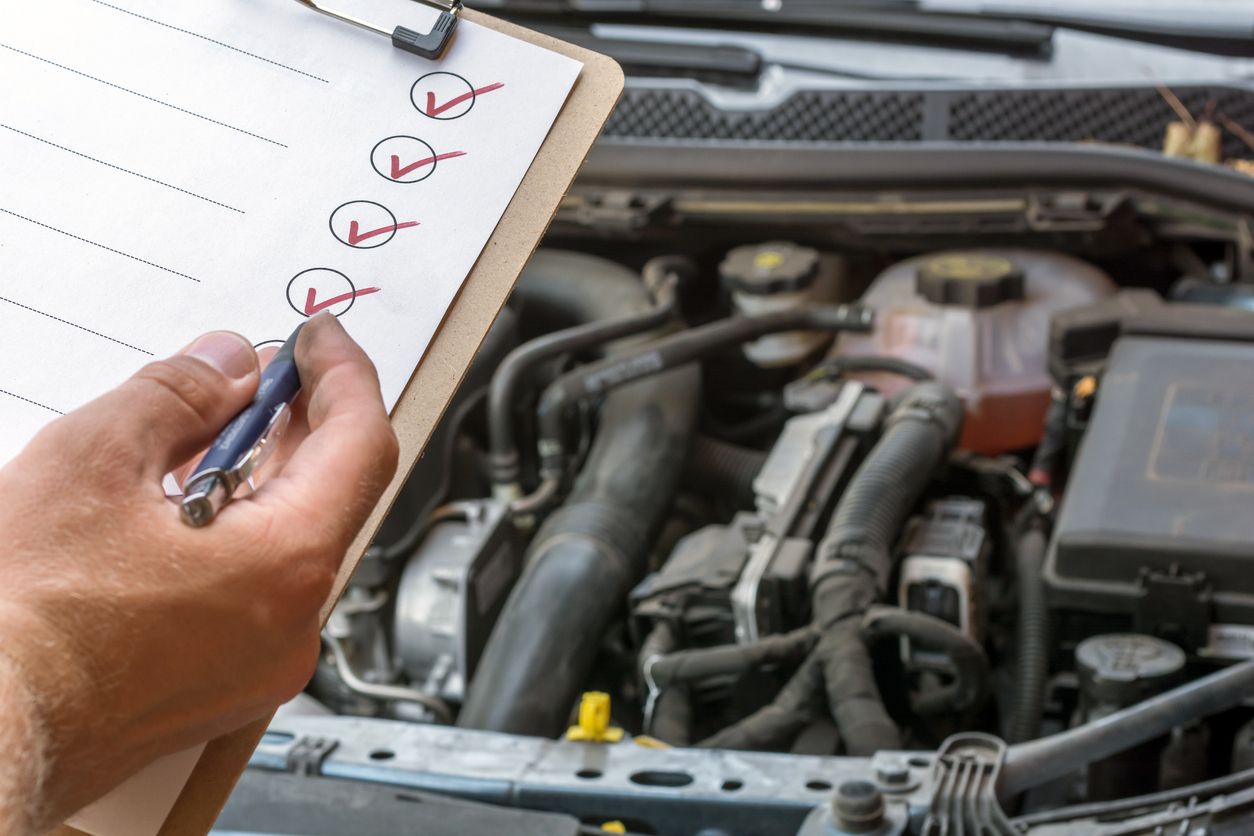All Categories
Featured
When it comes to automobile upkeep, tires are frequently forgotten, regardless of being a vital factor in both safety and security and efficiency. Comprehending how to select the appropriate tires for your lorry requires recognizing your driving conditions, efficiency requirements, and the numerous tire options offered.
![]()
All-Season Tires: These are the most usual type, designed for a selection of driving problems, including wet and completely dry roadways. They use a balanced efficiency, making them a good option for everyday driving in areas with modest climates.
Summer Season Tires: Suitable for warmer climates, summer season tires provide outstanding efficiency on dry and wet roads, supplying exceptional grip and handling. They are not appropriate for snowy or icy conditions.
Winter Season Tires: Winter months tires are specifically created to manage snow, ice, and freezing temperatures. Made from an unique rubber compound that stays adaptable in winter, they feature deep treads that hold the road, supplying much better control and safety and security in winter conditions.
Efficiency Tires: For those driving sporting activities cars or looking for enhanced handling, performance tires provide greater responsiveness, collaring capacities, and boosted grip. These tires focus on efficiency yet might sacrifice comfort and durability.
225: The width of the tire in millimeters. 50: The aspect proportion, or the elevation of the sidewall as a portion of the tire's width. R: Radial construction, which is the most typical layout for modern tires. 17: The size of the tire in inches, matching the dimension of the wheel. When replacing your tires, it's generally best to match the original dimension for your car to keep the desired balance of handling, safety and security, and comfort. Modifying tire sizes can impact efficiency, including speedometer accuracy and fuel effectiveness.
![]()
Urban and City Driving: If the majority of your driving occurs on well-paved city streets, all-season tires are normally the very best option. They offer ample hold and convenience in modest problems, with a concentrate on performance.
Freeway Driving: For regular freeway drivers, tires that provide lasting longevity and low roadway sound, such as exploring tires, are ideal. These tires provide a smooth adventure and are optimized for fuel effectiveness over cross countries.
Off-Road Driving: If you drive an SUV or vehicle and regularly venture off the beaten track, you'll require tires developed for sturdy terrain. All-terrain or mud-terrain tires supply better grip and durability for driving on gravel, mud, or unpaved roadways.
Symmetrical Footstep: Most all-season tires feature a balanced tread pattern, which supplies a balanced performance for regular driving problems. It's excellent for completely dry roadways, as well as modest damp problems.
Asymmetrical Footstep: These tires have different walk patterns on the outdoors and within, boosting cornering and security. They provide a far better grip on both wet and dry roadways, making them a preferred choice for efficiency cars.
Directional Footstep: Developed with a V-shaped pattern, these tires excel at transporting water far from the tread. They provide far better traction in wet and snowy problems, decreasing the threat of hydroplaning.
Checking Tire Pressure: Underinflated tires can adversely affect taking care of and fuel performance, while overinflated tires can raise the danger of blowouts. Inspect the tire stress routinely and guarantee it meets the supplier's specs.
Tire Rotation: To guarantee also wear, tires ought to be rotated every 6,000 to 8,000 miles. Irregular wear can cause premature tire failure and impact your vehicle's alignment and handling.
![]()
Wheel Placement: Imbalance can trigger your tires to wear unevenly and negatively affect your car's handling. Have your car's placement inspected routinely, especially if you observe drawing to one side.
Final thought. Whether you require all-season tires for day-to-day driving, winter tires for snowy conditions, or performance tires for better handling, understanding your demands is key to making the best option. Normal tire maintenance is also essential for keeping your tires in optimum condition.
[1].jpg)
- Understanding Tire Kinds. The primary step in selecting the right tire is recognizing the different types and their features. Each sort of tire is engineered for certain problems, so knowing which one matches your needs is vital.
All-Season Tires: These are the most usual type, designed for a selection of driving problems, including wet and completely dry roadways. They use a balanced efficiency, making them a good option for everyday driving in areas with modest climates.
Summer Season Tires: Suitable for warmer climates, summer season tires provide outstanding efficiency on dry and wet roads, supplying exceptional grip and handling. They are not appropriate for snowy or icy conditions.
Winter Season Tires: Winter months tires are specifically created to manage snow, ice, and freezing temperatures. Made from an unique rubber compound that stays adaptable in winter, they feature deep treads that hold the road, supplying much better control and safety and security in winter conditions.
Efficiency Tires: For those driving sporting activities cars or looking for enhanced handling, performance tires provide greater responsiveness, collaring capacities, and boosted grip. These tires focus on efficiency yet might sacrifice comfort and durability.
- Tire Dimension Matters. When selecting brand-new tires, tire dimension is one of the most crucial variables to think about. Tire dimension is indicated by a series of numbers printed on the sidewall, such as "225/50R17." Here's exactly how to review them:
225: The width of the tire in millimeters. 50: The aspect proportion, or the elevation of the sidewall as a portion of the tire's width. R: Radial construction, which is the most typical layout for modern tires. 17: The size of the tire in inches, matching the dimension of the wheel. When replacing your tires, it's generally best to match the original dimension for your car to keep the desired balance of handling, safety and security, and comfort. Modifying tire sizes can impact efficiency, including speedometer accuracy and fuel effectiveness.
- Driving Problems and Tire Efficiency. Where you drive and exactly how you drive plays a significant role in establishing the best tire for your lorry. Right here's what to consider based on your driving behaviors:

Urban and City Driving: If the majority of your driving occurs on well-paved city streets, all-season tires are normally the very best option. They offer ample hold and convenience in modest problems, with a concentrate on performance.
Freeway Driving: For regular freeway drivers, tires that provide lasting longevity and low roadway sound, such as exploring tires, are ideal. These tires provide a smooth adventure and are optimized for fuel effectiveness over cross countries.
Off-Road Driving: If you drive an SUV or vehicle and regularly venture off the beaten track, you'll require tires developed for sturdy terrain. All-terrain or mud-terrain tires supply better grip and durability for driving on gravel, mud, or unpaved roadways.
- Tire Footstep Patterns. Tire tread patterns affect exactly how your automobile grips the road, specifically in unsafe or wet problems. Comprehending tread layout is vital to ensuring risk-free handling:
Symmetrical Footstep: Most all-season tires feature a balanced tread pattern, which supplies a balanced performance for regular driving problems. It's excellent for completely dry roadways, as well as modest damp problems.
Asymmetrical Footstep: These tires have different walk patterns on the outdoors and within, boosting cornering and security. They provide a far better grip on both wet and dry roadways, making them a preferred choice for efficiency cars.
Directional Footstep: Developed with a V-shaped pattern, these tires excel at transporting water far from the tread. They provide far better traction in wet and snowy problems, decreasing the threat of hydroplaning.
- Tire Maintenance for Longevity. When you have actually chosen the appropriate tires, it's critical to keep them correctly to extend their life expectancy and guarantee ongoing performance. Routine tire maintenance consists of:
Checking Tire Pressure: Underinflated tires can adversely affect taking care of and fuel performance, while overinflated tires can raise the danger of blowouts. Inspect the tire stress routinely and guarantee it meets the supplier's specs.
Tire Rotation: To guarantee also wear, tires ought to be rotated every 6,000 to 8,000 miles. Irregular wear can cause premature tire failure and impact your vehicle's alignment and handling.

Wheel Placement: Imbalance can trigger your tires to wear unevenly and negatively affect your car's handling. Have your car's placement inspected routinely, especially if you observe drawing to one side.
- Speak with a Specialist. While you might have a general understanding of the sorts of tires offered, it's constantly a good idea to speak with a tire expert. They can provide experienced recommendations based on your particular vehicle design, driving conditions, and efficiency demands.
Final thought. Whether you require all-season tires for day-to-day driving, winter tires for snowy conditions, or performance tires for better handling, understanding your demands is key to making the best option. Normal tire maintenance is also essential for keeping your tires in optimum condition.
Latest Posts
Learn How WyHy Federal Credit Union Maximizes Your Savings on Borrowing and Banking
Published May 27, 25
1 min read
Improve Your Home's Exterior with Weathercraft's Exterior siding Solutions
Published May 25, 25
1 min read
Unlock WyHy FCU – Key Advantages for Your Future
Published May 25, 25
1 min read